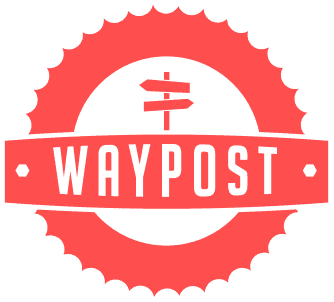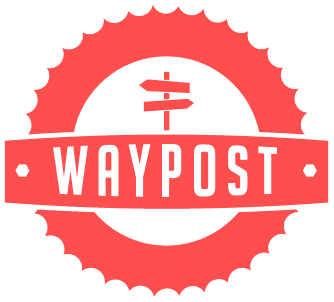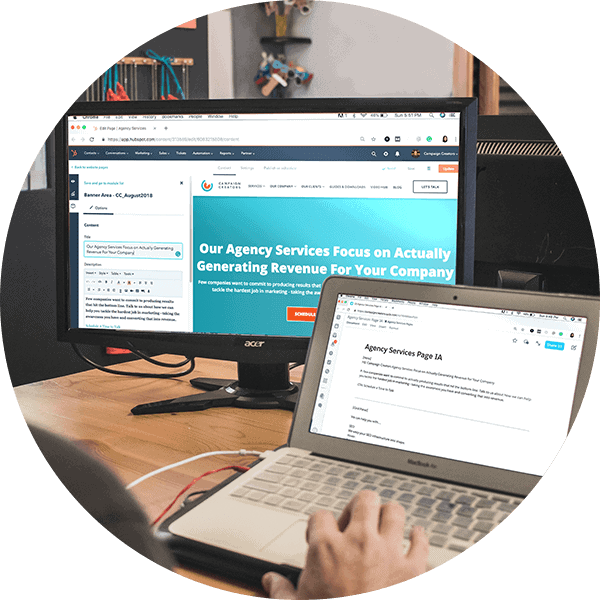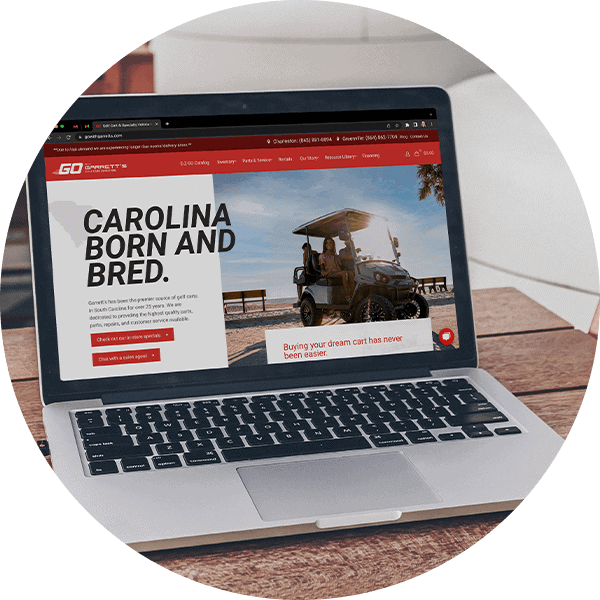
Establishing Common Goals for Marketing & Sales Alignment
December 14, 2017
The Case for Sales Enablement
January 15, 2018
As marketers, we know that every stage of the buyer’s journey matters. We pour our hearts and souls into the entire process from beginning to end. Of course, we love every minute of it, but just ask any marketer, and they’ll tell you that what ultimately makes the hard work worthwhile are the conversions.
Conversions are evidence that your marketing strategy is working. It’s when marketing dollars come back in profits, and it feels great when conversions are happening. But what if they’re not? After all the work you’ve put into reaching, informing and nurturing your audience, the last thing you want is to lose them right before you were able to generate a lead.
The good news is that conversions are somewhat of a science. While humans can be unpredictable, there are enough marketing studies out there to show us what works effectively at a conversion point and what doesn’t. It’s not enough for your conversion points to simply exist. They must be effective, and we have some ideas on how to get yours to that level.
Design like a pro
We cannot emphasize how pivotal design is to your conversion points. Design directly impacts the user experience, and user experience boosts conversion rates. For example, if your design doesn’t work on a mobile device, you’ll fail to convert mobile users. That means you’re eliminating the majority of your audience! Don’t do that.
Another common design mistake is putting content in the wrong places on your page. Did you know that most people actually skim web content rather than reading every word? (Gasp!) So, if people aren’t looking at everything, we need to put the important information where they are looking. No problem! Most people skim in a Z or F pattern. Keep this in mind when you’re designing a page with conversion points.
Dare to be specific and simplistic
Have you ever been ready to make a decision, and then someone gave you a new piece of information that completely changed the game? Don’t you hate that? We do, too. And that’s exactly why we don’t do it to our potential customers.
When a customer is at the decision stage of the buyer’s journey, the last thing you want to do is overwhelm them with new or complicated information. Doing so will certainly overwhelm them, and it’s likely to delay a conversion or sabotage it altogether.
Instead, market to a specific audience using a specific strategy, and stick to a simple, focused message. Being specific is especially important at the point of conversion. Leads only turn into conversions when they know what they’re converting to. Don’t create uncertainty for your audience with vague or confusing calls-to-action.
How does all of this fit into an effective conversion point? Make sure your strategy matches your audience and your call to action. If there’s a disconnect or a change in strategy at any point along the sales funnel, you’ll lose the leads you with your first hook. Stay true to your strategy and your brand from the Zero Moment of Truth through to the conversion.
Build trust with consistency
While you can do a lot at your conversion points to increase conversion rates, here’s the reality: Your conversion points will only be successful if you’ve properly managed the steps leading up to the conversion.
Think of the pre-conversion stages of marketing (awareness and consideration) as the time to build trust with your audience. As you push out content to educate and (hopefully) convince your potential buyer, you want them to trust you. That way, when they get to the decision stage, they won’t hesitate to convert. Simply put, if you’ve adequately built trust with your audience early on, then your leads will be more likely to convert when given the opportunity.
Consistency is one of the best ways to build trust with your audience. From the first ad to the final landing page, your messaging and branding must be consistent. Think about it… If a potential buyer clicks on an ad for a specific reason, and that ad takes them to a page that’s not consistent with what they were pursuing, then why would they convert? Inconsistency in this situation not only failed to meet their need, but it also broke their trust.
Some may see consistency and trust building as strategy; others may see it as common sense—or just being a good person and following through on what you promise. Either way, it makes a difference at your conversion point, and that’s a win for you and your buyer!









